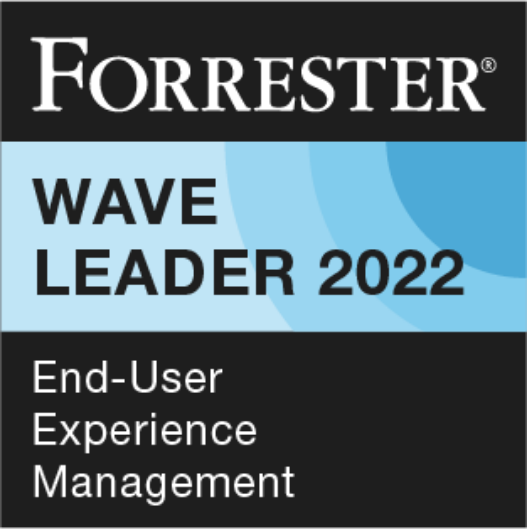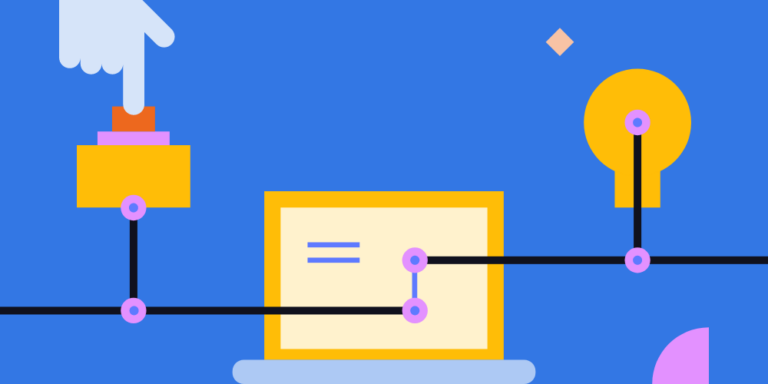It’s no secret, the pandemic has driven a move to hybrid and remote work in an unprecedented way and we’ve spoken about it plenty already; from the work from anywhere model, to the direct and indirect benefits of it, and even how to combine technology and culture to effectively drive it.
But, even as IT organizations make every effort to embrace working from anywhere – providing the necessary home-office equipment, finding new digital ways to collaborate, prioritizing employee wellbeing and work/life balance, etc. – delivering great digital experiences is still proving difficult. Research shows that 53% of corporate end points run slower remotely, 69% found it more difficult to get IT issues fixed last year, and 73% said it could take hours, days, or even weeks for IT resolution!
So how can we address this? As 1E CEO and Founder, Sumir Karayi, explains “no employee ever wished IT had a better analytics solution. They want less frustrating experiences, they want less disruptions.” But in a world where digital employee experience is only growing in significance, what can we do to ensure IT is able to keep up with expectations?
The answer lies in unification: unify IT and employee tools to reduce IT workloads and employee disruption, and successfully master hybrid working at scale. “IT needs to take a step beyond analytics that identifies issues, to an initiative that leverages automation that can predict and improve experiences” Sumir says, “that is how we view Unified eXperience Management (UXM) — proactive, real time, holistic visibility across all endpoints.”
What is UXM?
Let’s start at the beginning, a very good place to start. Unified eXperience Management (UXM) describes a single management interface that can be used by both IT and employees. It enables proactive and accelerated employee support, as well as self-service automation – necessary for all businesses as they tackle hybrid working.
Experience monitoring, IT support, and workplace automation tools cannot exist in a silo, as they do today. UXM removes these siloes in your IT organization so every team is working toward a common cause: improving the digital experience and going beyond analytics to solving the problems employee experience every day.
UXM comprises four core pillars:
- Experience and Engagement Analytics
- IT Operations Automation
- Endpoint Management Augmentation
- Software Asset Intelligence
UXM ensures your IT organization can deliver great experiences to employees working anywhere without breaking the bank or damaging your security posture. What’s more, it doesn’t act like another point solution. It interacts with your entire IT estate.
Why does it matter?
Hybrid and anywhere work are only possible because of technology. But when that technology becomes a burden, employees’ ability to work is disrupted. Over the last year or so, businesses have become more aware of the impact IT has on employee productivity. A poor digital experience will create digital workplace friction. We need new ways to resolve these issues, avoid friction, and succeed with hybrid working.
Up until now, we’ve turned to Digital Experience Monitoring (DEM) solutions to help uncover what might be behind the negative digital experience employees are having. However, whilst DEM products are helpful, they can only go so far. DEM can identify the problem but will struggle to effectively provide the right solution.
We need to go beyond analytics to understand and solve the problems employees experience every day, unifying both IT and employee experience initiatives. With many organizations depending highly on their people, and their people reliant on good digital experience, it’s key that we stay on top of the link between digital friction, engagement, and productivity.
Tachyon’s role
1E Tachyon is the first UXM solution on the market as it unifies experience analytics with real-time automation across asset management, patching and updates, bandwidth optimization, and experience management into a single platform.
The latest version of Tachyon, includes real-time complete device visibility in one single pane of glass dashboard, allowing IT to proactively monitor tens of thousands of devices – with the enhanced ability to investigate a device across all of your Tachyon solutions. Additionally, from today onwards, functionality within Tachyon 5.2 now makes available the complete integration of 1E Nomad into the platform to accelerate content distribution.
Keen to find out more about UXM and how it can help you enable a modern, hybrid workplace? Join 1E’s Product Chief Technologist, Bogdan Udrea, for a live webinar for more information!







